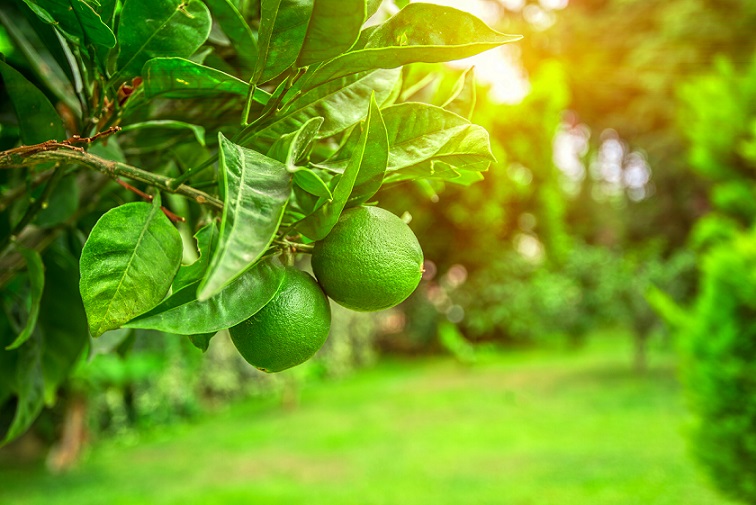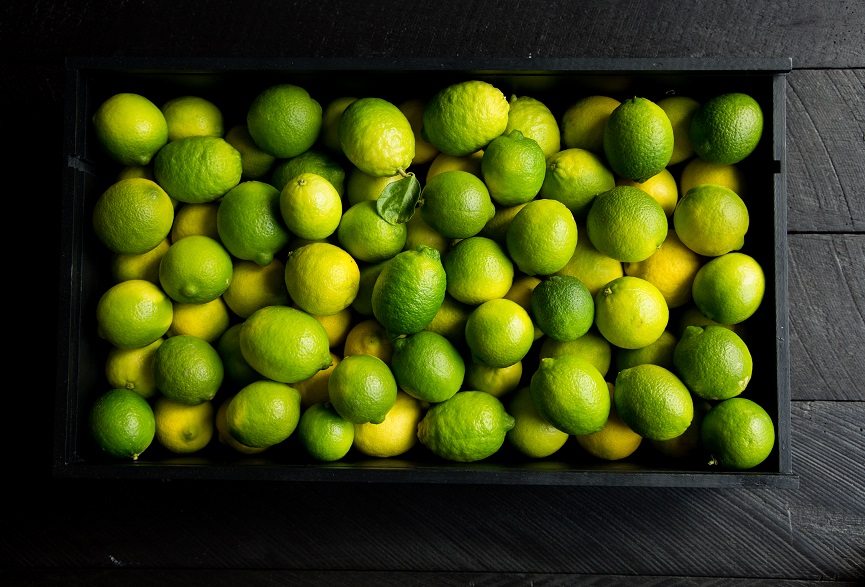Unlock free shipping
Away
We Are Taking a Short Break - Next Dispatch 12th Jan





Shop Fruit Online
Mojitos, Asian sauces, South American cuisine, zesty desserts, pickles and salad dressings all have one thing in common. What is that? The humble lime. Limes are a popular citrus fruit with a distinctive flavour. But have we been eating them wrong all this time? Let’s look at whether limes should be eaten when they are green, or if they are better when they are yellow.
Mojitos, Asian sauces, South American cuisine, zesty desserts, pickles and salad dressings all have one thing in common.
What is that?
The humble lime. Limes are a popular citrus fruit with a distinctive flavour. But have we been eating them wrong all this time?
Let’s look at whether limes should be eaten when they are green, or if they are better when they are yellow.

What Is A Lime?
Although they closely resemble lemons and have similar taste aspects, limes are indeed in a class all of their own. We love their zesty taste on a hot summer’s day, splashed into a margarita, or used to add a pop of tangy flavour to a dish, like this lime pickle or lime butter .
Most people, if asked to describe a lime, would invariably describe a small, hard, green fruit. It’s green, right - that’s how you can tell it apart from a lemon?
Not so!
You may be surprised to learn that the green limes we are so familiar on the store shelves are not fully ripe. A lime that is left on the tree to ripen will turn yellow.
Have We Been Eating Them Wrong?
Does this mean we’ve been eating and using limes wrong all this time? Not necessarily. Limes are much loved, specifically because of the mouth-puckering tartness that is produced by a green, under-ripe fruit.
Yellow limes are far juicier and less acidic than the green phase. Because they’ve had time to mature, the natural sugars have developed, making them sweeter and delicious.
If you want to give the yellow lime a try, don’t simply leave a green one on the counter or windowsill to ripen. You would be out of luck! In fact, you will just end up with a dry, shrivelled lime. Like lemons, limes can only ripen on the tree.

Why Are They All Picked Green?
The reason most of the limes we encounter are green is because of harvest and export requirements. If the fruit is picked when ripe and then shipped to us from far away shores, it’s going to be over-ripe by the time it reaches us. Hence, limes are harvested while under-ripe in order to survive the journey.
Just to be tricky, some limes may turn yellow even when not ripe, due to growing in shaded areas without enough sun exposure. You should be able to identify these though - instead of a uniform greenish-yellow hue, they will have spots or patches of yellow. This doesn’t make them inedible, but may be a deceptive indicator of ripeness.
How Can You Tell If A Lime Is Ripe?
Aside from colour changes, there are other ways to tell if a lime is ripe.
They are:
What Is Best?
So, is green or yellow better when it comes to limes? It’s all down to your taste buds and the effect you are after. A yellow lime is juicier, less tart with a sweeter, more limey flavour. A green lime is sour and will add more bite to your recipes.
If you love limes, then why not buy them online from Twisted Citrus. we deliver right to your door, anywhere in New Zealand. We stock the Bearss variety which is also known as the Tahitian or Persian variety. Check out our store now. Limes are in season from March to August and add a zesty punch to any meal or drink.